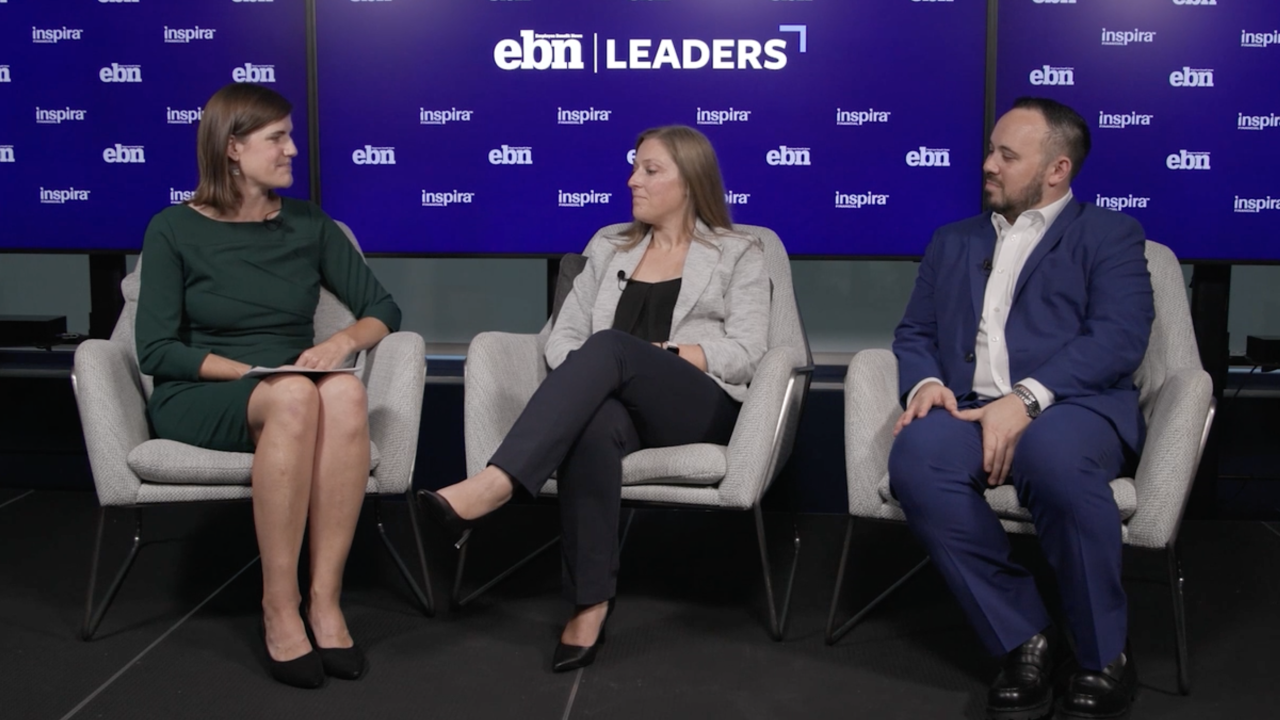In addition to the significant toll on individuals, families and society at large, the business impact of COVID-19 on the global workforce will have lasting effects. With many workers without jobs or having reduced hours or income, employees are justifiably anxious about getting their income and benefit protection.
In response, federal, state and local governments have enacted leave legislation to protect employees. However, employers are grappling with the constantly changing and complex legislation. Now more than ever, government agencies are recognizing the value of disability and leave benefits, especially in times of crisis. Many employers — regardless of their size — are expanding existing disability and leave programs to further support employees and their families impacted by the unprecedented pandemic. Below is some information that may be helpful as you navigate these changes and adapt to the circumstances ahead.
For smaller employers, the federal Families First Coronavirus Relief Act (FFCRA) is designed to provide income replacement and job protection for certain COVID-19-related reasons. The FFCRA establishes paid and unpaid emergency leave programs along with tax credits for private employers with fewer than 500 employees, and certain public employers regardless of employee count. It includes paid sick leave for up to two weeks and expands the Family and Medical Leave Act (FMLA) by providing job-protected leave to employees for up to 12 weeks for various qualifying events.
It’s important to note three caveats: the FFCRA is temporary and became effective April 1, 2020 and will remain in effect through December 31, 2020; the qualifying events included in the law do not typically apply in the event of a company shut-down; and in most cases, it does not apply to private employers having 500 or more employees.
Emergency paid sick leave
The FFCRA requires qualifying employers to offer two weeks (80 hours) of paid sick leave to employees who are unable to work or telework for the following COVID-19-related reasons:
- Employee has been “advised” by a health care provider to self-quarantine due to concerns related to COVID-19
- Employee is subject to a federal, state, or local quarantine or isolation order regarding COVID-19
- Employee is experiencing symptoms of COVID-19 and seeking a medical diagnosis
- Employee is caring for “an individual” subject to the first two qualifying events
- Employee is caring for a minor child if school or place of care has closed or the childcare provider is unavailable due to COVID-19 precautions
- Employee is “experiencing any other substantially similar condition” specified by the Secretary of Health and Human Services in consultation with the Secretary of the Treasury and Secretary of Labor
Emergency FML expansion
Additional time off is available to care for a child whose school or childcare provider is closed or unavailable for reasons related to COVID-19. Qualifying employers must offer eligible workers (who have been employed for at least 30 days) up to 12 weeks of expanded FML.
The first two weeks (10 working days) are unpaid, but the employee can fill that gap with certain available paid time off or emergency paid sick leave. For the remaining 10 weeks, the employee is paid two-thirds of their regular salary until they return to work, up to $200 per day and $10,000 in total.
Best practices
To help employees cope with COVID-19 and help ensure compliance with changing leave laws, a few best practices are outlined below.
Consult legal counsel. Consult with an attorney to confirm whether the FFCRA applies to your company and to create a legally compliant plan that works best for you and employees. Continue to monitor federal, state and local legislation for changes that could impact your obligations to provide leave and benefits to employees. Also, visit the DOL pandemic
Evaluate business risk. If an organization is not required to comply with the FFCRA and decides to voluntarily offer expanded protection to employees during COVID-19-related leaves, be sure to evaluate the business risks.
Minimize payroll disruptions. If planning to continue paying employees during their absence, use the normal payroll process for paid time off to ensure a seamless benefits experience and minimize payroll disruptions.
Communicate benefits clearly. Clearly communicate updates to employees and connect them to resources covered by their plan. In MetLife’s U.S. Employee Benefit Trends study cited above, one in three employees would like recommendations based on their specific needs to improve their benefits decisions. Keeping employees informed will help them access the benefits they need most.
Furthermore, consult with the organization’s insurance provider or leave administrator about any overlaps between COVID-19-related legislation and short-term disability plans. Discuss how those will be handled and if any offsets will be applied. Also, check with the carrier about how they are handling COVID-19 claims during the pandemic.
The impact of COVID-19 on the workforce and business has only reinforced the importance of leave policies and the value of protection offered through disability insurance. Protecting employees’ health and well-being is critical to economic recovery and future success; a company is only as strong as its employees, and a country is only as strong as its people.






